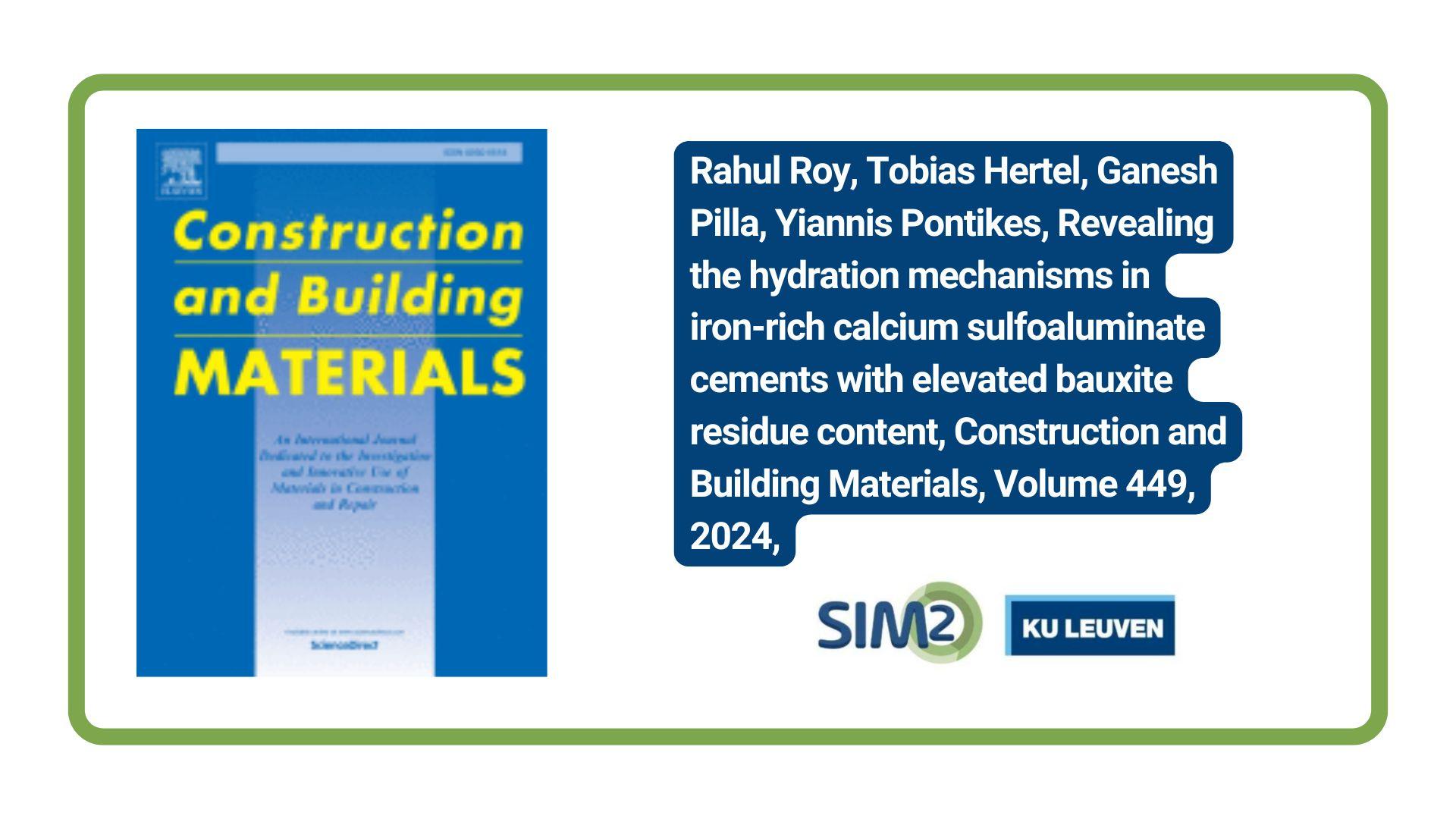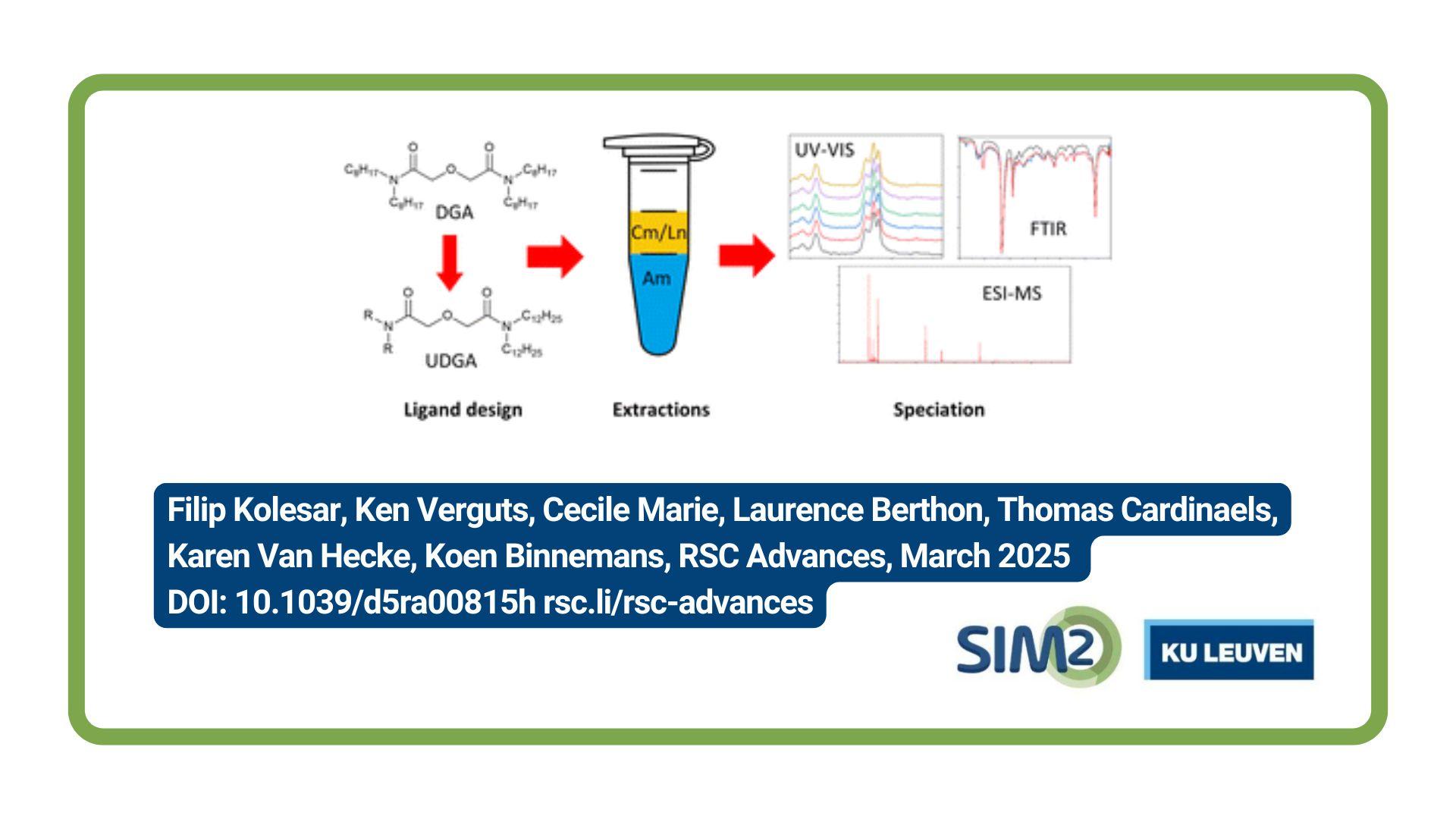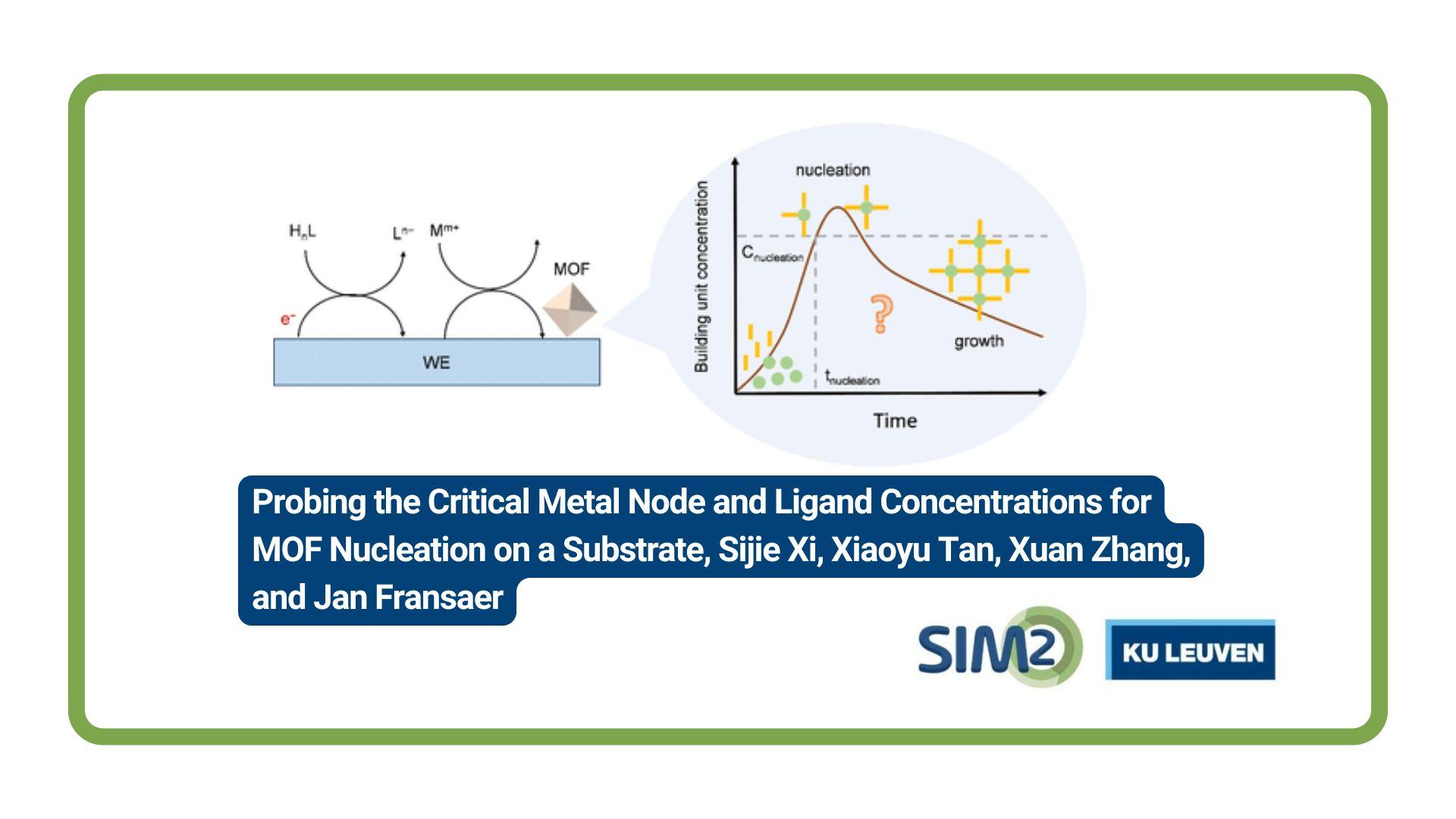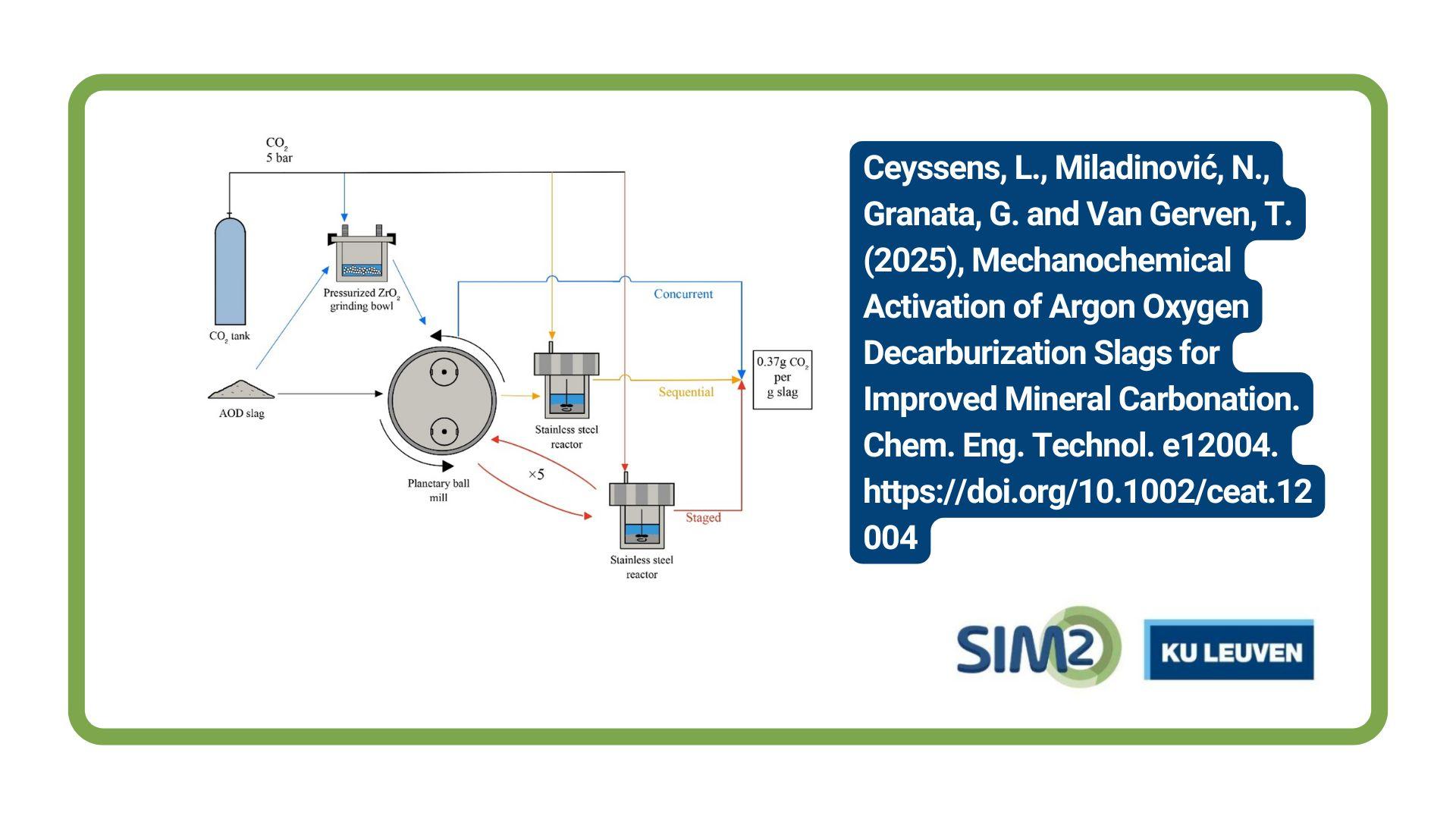Rahul Roy, Tobias Hertel, Ganesh Pilla and Yiannis Pontikes of KU Leuven’s Department of Materials Engineering have published a new article on revealing the hydration mechanisms in iron-rich calcium sulfoaluminate cements with elevated bauxite residue content. The article is published in Vol. 449 of the journal Construction and Building Materials.
The goal of the study was to investigate the reactivity at different Blaine, hydration behavior, and performance of calcium sulfoaluminate-ferrite cement (CSA-F). The raw meal incorporated bauxite residue (38 wt%) fired at 1260 °C and 1300 °C for 30 and 60 minutes. Based on multi-objective optimization, an optimum dosage of citric acid ranges between 0.4<x<0.6 wt% with a w/b ratio of 0.45 was chosen for the mortar evaluation and hydration studies. At an early age, monosulfates-AFm only started appearing for 1300_30. In the later age, an increase in ettringite formation was only reported at 1300°C for 60 min due to the dissolution of the Ternesite phase after 7d of hydration. Later-age studies after 28d reported ettringite, monosulfates, hydrogarnets (except for 1300_60), and strätlingite had formed. The 28d highest compressive strength was reported for 1300_60 corresponding to the highest bound water and amorphous content from the pore filling ettringite and amorphous stratlingite.
Reference
Rahul Roy, Tobias Hertel, Ganesh Pilla, Yiannis Pontikes, Revealing the hydration mechanisms in iron-rich calcium sulfoaluminate cements with elevated bauxite residue content, Construction and Building Materials, Volume 449, 2024, 138495, ISSN 0950-0618, https://doi.org/10.1016/j.conbuildmat.2024.138495. (https://www.sciencedirect.com/science/article/pii/S0950061824036377)
Acknowledgement
The research leading to these results has been performed within the ReActiv project and received funding from the European Community’s Horizon 2020 Program (H2020/2014–2020) under grant agreement n° 958208.





